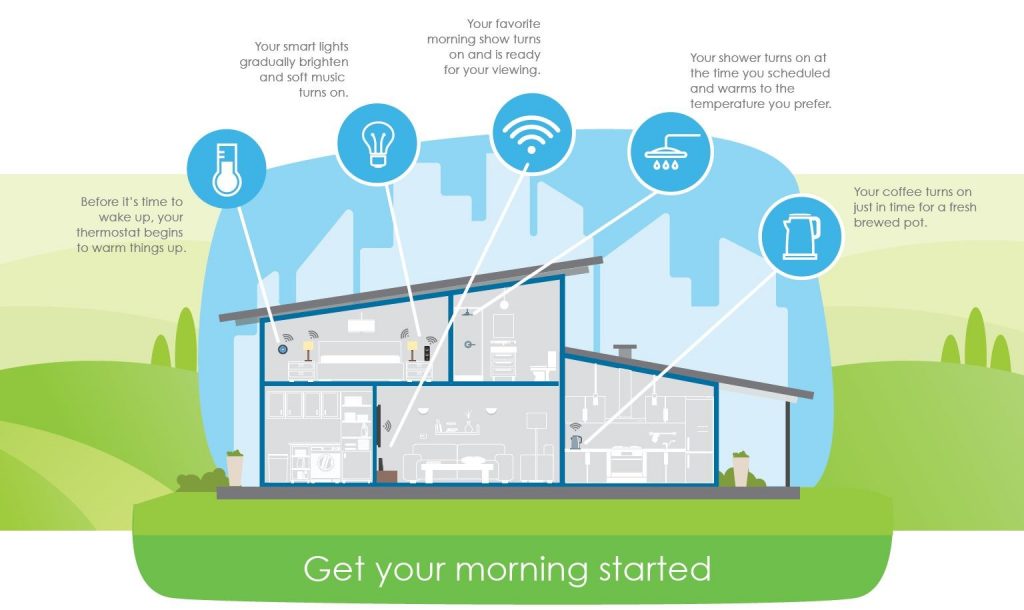IoTivity, the open-source implementation of Open Connectivity Foundation’s specifications, provides the framework to connect and expand the growing Internet of Things.
The project – a partnership between OCF and the Linux Foundation – brings together the open-source community to accelerate development of the framework and services required to make sure IoT devices can connect securely to the internet and each other. Essentially, IoTivity provides a common language for these devices, enabling seamless device-to-device connectivity. And with billions more connected devices expected to come online by 2020, the need for this common language is crucial.
But in the ever-changing world of IoT, not all devices are created equal. Developers now have two options for OCF certification under the IoTivity umbrella: IoTivity and IoTivity Lite.
IoTivity – For full-featured devices
For products that require a large amount of computing power and resources, like smart refrigerators and security systems, IoTivity is the likely best option. This framework is most compatible with devices that have ample memory to accommodate the mandatory and optional features of the OCF Specification 1.3, including security, onboarding support, plug-in architecture and a resource directory. The full version works in Linux, Windows, iOS, Tizen, and is also Android supported. It also hosts a runtime for developers wanting to implement OCF control applications in higher-level languages, such as Node.js, Java and C/C++.

IoTivity Lite – The lightweight option
Small, resource-constrained devices with less computing power – such as temperature sensors and light switches – are better suited for IoTivity Lite. This is a small-footprint implementation of the OCF specification and targets hardware and software environments where resource utilization, energy efficiency and modular customization are essential. IoTivity Lite can only run in Linux and does not include the bridging support, plug-in architecture and resource directory features of IoTivity. Still, its implications for IoT are massive. According to Kishen Maloor, Senior Software Engineer with the Intel Open Source Technology Center, the future of IoT will be partially driven by these tiny, connected sensors or embedded computing devices situated on the edge of the network.
Although IoTivity and IoTivity Lite represent different APIs, it is important to note that both programs are interoperable with each other and certifiable with the OCF Specification 1.3. In addition, they both utilize the four essential building blocks of IoTivity: discovery, data transmissions, data management and device management.
For developers of IoT devices, the open-source availability of the OCF codebase saves development time, enabling the rapid deployment of products with nearly inherent interoperability due to their common language. IoTivity and IoTivity Lite represent a step toward a future where all IoT devices – from wearables to kitchen gadgets – can discover and learn about each other, regardless of manufacturer.